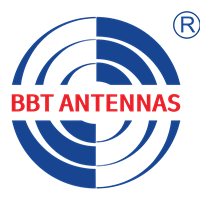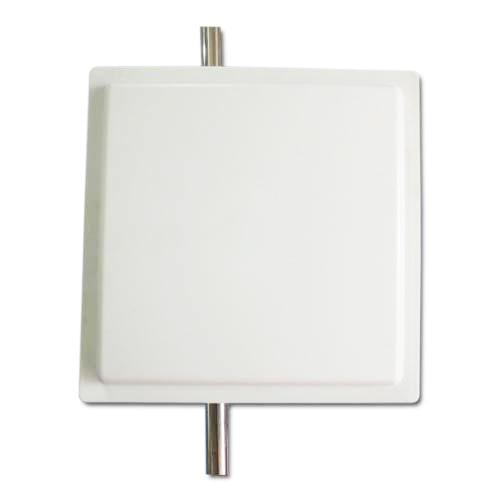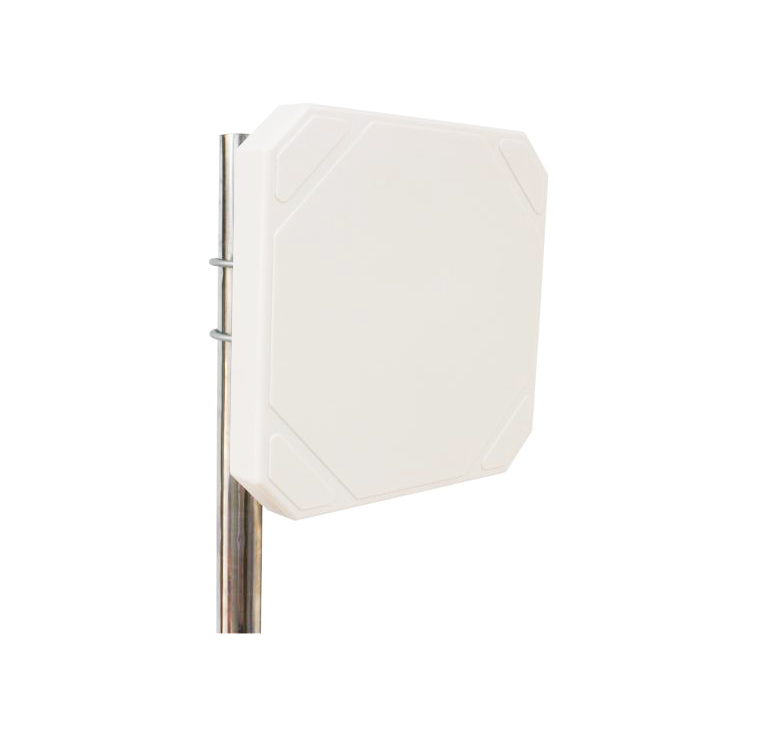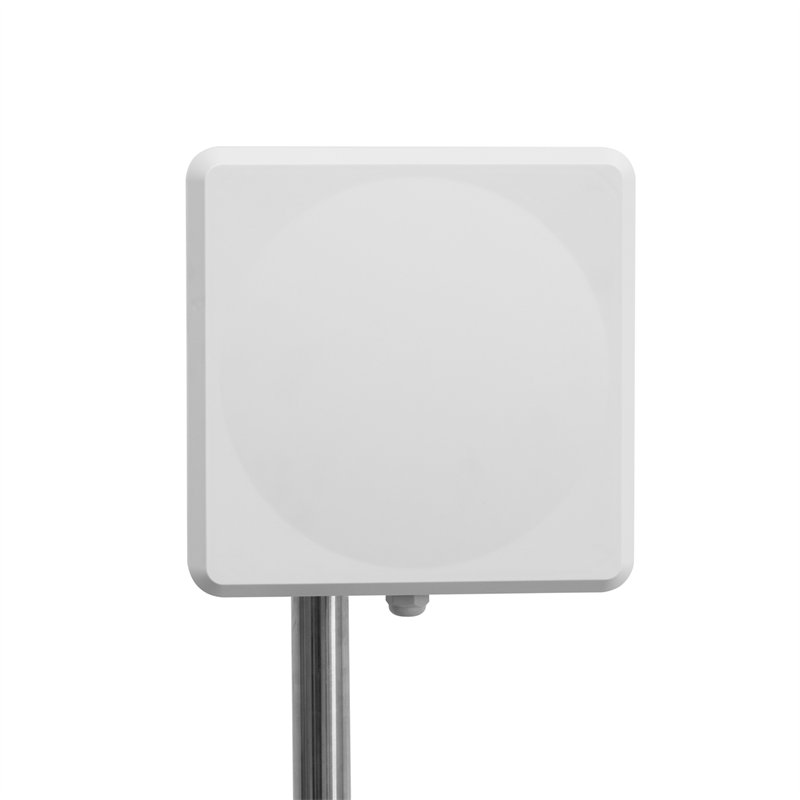In the rapidly evolving landscape of channel management, organizations are constantly seeking innovative, secure, and scalable solutions to manage access, monitor movement, and optimize operational efficiency. For decades, traditional keycard systems have been the default choice for access control in hotels, offices, warehouses, and other facilities. However, the emergence of RFID (Radio Frequency Identification) antennas has revolutionized the field, offering a host of advantages that make them superior to legacy keycard systems. This article explores the technical, operational, and strategic reasons why RFID antennas are the future of channel management.
1. Security: The Cornerstone of Modern Access Control
Advanced Encryption and Anti-Cloning
Traditional keycards, especially magnetic stripe and low-frequency proximity cards, are susceptible to cloning and unauthorized duplication. Skilled attackers can easily copy the data stored on a magnetic stripe card using inexpensive skimming devices, posing a significant security risk.
In contrast, RFID antennas utilize advanced encryption protocols and dynamic authentication. Many modern RFID systems employ mutual authentication and rolling codes, making it virtually impossible for hackers to intercept and reuse credentials. Additionally, RFID tags can be programmed with unique identifiers and access rights, enabling granular, role-based access control.
Real-Time Monitoring and Audit Trails
RFID-based systems automatically log every access event, including who accessed which area, at what time, and for how long. This creates a comprehensive audit trail that is invaluable for compliance, security investigations, and operational analysis. Traditional keycard systems often lack this level of detail, making it harder to detect suspicious activity or reconstruct incidents.
Environmental Robustness
RFID antennas are designed to function reliably in harsh environments, including areas with dust, moisture, extreme temperatures, or electromagnetic interference. Traditional keycards, on the other hand, are prone to demagnetization, physical wear, and malfunction when exposed to such conditions.
2. Operational Efficiency: Streamlining Access and Management
Contactless and Frictionless Entry
One of the most significant advantages of RFID antennas is their contactless operation. Users simply approach the reader, and access is granted instantly-no need to swipe, insert, or physically touch the device. This not only enhances user experience but also reduces wear and tear on both cards and readers, minimizing maintenance costs.
Simultaneous Multi-Tag Reading
RFID antennas can read multiple tags simultaneously and do not require line-of-sight alignment. This is a game-changer for environments like warehouses, conference centers, or large offices, where groups of people or items need to be processed quickly and efficiently. Traditional keycard systems are limited to one-at-a-time access, causing bottlenecks during peak periods.
Seamless Integration with IoT and Automation
Modern RFID systems are designed for integration with IoT platforms, enabling real-time data sharing with building management systems, security platforms, and enterprise resource planning (ERP) software. This integration supports advanced automation, such as automatic lighting, climate control, or attendance tracking based on access events. Traditional keycard systems typically lack such interoperability.
3. Cost-Effectiveness and Scalability
Lower Long-Term Costs
While the initial investment in RFID infrastructure may be higher, the total cost of ownership is significantly lower over time. RFID tags are more durable and require less frequent replacement than magnetic stripe cards, which are easily damaged or lost. Automated processes also reduce the need for manual intervention, lowering labor costs.
Effortless Scalability
RFID systems are inherently scalable. New access points can be added with minimal disruption, and additional functionalities-such as mobile credentials or biometric integration-can be incorporated as organizational needs evolve. Traditional keycard systems often require costly hardware upgrades and complex reprogramming to achieve similar scalability.
Enhanced Asset and Inventory Management
Beyond access control, RFID antennas are widely used for asset tracking and inventory management. Organizations can monitor the location and movement of valuable items in real time, reducing losses and improving operational transparency. Keycard systems do not offer this level of visibility.
BBT ANTENNAS: Empowering the Future of Channel Management
As a global leader in RFID antenna technology, BBT ANTENNAS is at the forefront of innovation in channel management solutions. With over 30 years of experience, BBT ANTENNAS delivers products that set industry benchmarks for performance, reliability, and adaptability.
Why Choose BBT ANTENNAS?
Superior Read Range and Speed: BBT's RFID antennas offer exceptional detection ranges from 8 to 12 meters and ultra-fast data transmission, making them ideal for high-traffic environments.
Rugged and Versatile Designs: With IP67-rated waterproofing and robust construction, BBT antennas are engineered for both indoor and outdoor use, including challenging industrial settings.
Global Compatibility: Supporting international frequency standards (860–928 MHz), BBT ANTENNAS enable seamless deployment across regions and industries.
Custom Solutions: BBT provides a wide array of form factors and can tailor solutions to meet specific customer requirements, whether for logistics, smart offices, or hospitality.
IoT Integration: BBT's antennas are designed for easy integration with IoT platforms, supporting advanced automation and real-time analytics.
Industry Applications
- Warehousing and Logistics: Real-time inventory tracking, automated goods movement, and loss prevention.
- Smart Buildings: Secure, automated access control and facility management.
- Healthcare: Patient and equipment tracking for enhanced safety and compliance.
- Hospitality: Streamlined guest access and personalized experiences.
By choosing BBT ANTENNAS, organizations gain a trusted partner committed to delivering cutting-edge, reliable, and scalable channel management solutions.
Conclusion
RFID antennas are not just an incremental improvement over traditional keycards-they represent a paradigm shift in how organizations manage access, security, and operational efficiency. With their superior security features, contactless convenience, seamless integration, and scalability, RFID antennas are rapidly becoming the gold standard in channel management.
Organizations that embrace RFID technology-especially with industry leaders like BBT ANTENNAS-position themselves for sustainable growth, enhanced security, and operational excellence. As digital transformation accelerates and the need for smart, automated solutions grows, RFID antennas will remain at the heart of future-ready channel management strategies.



